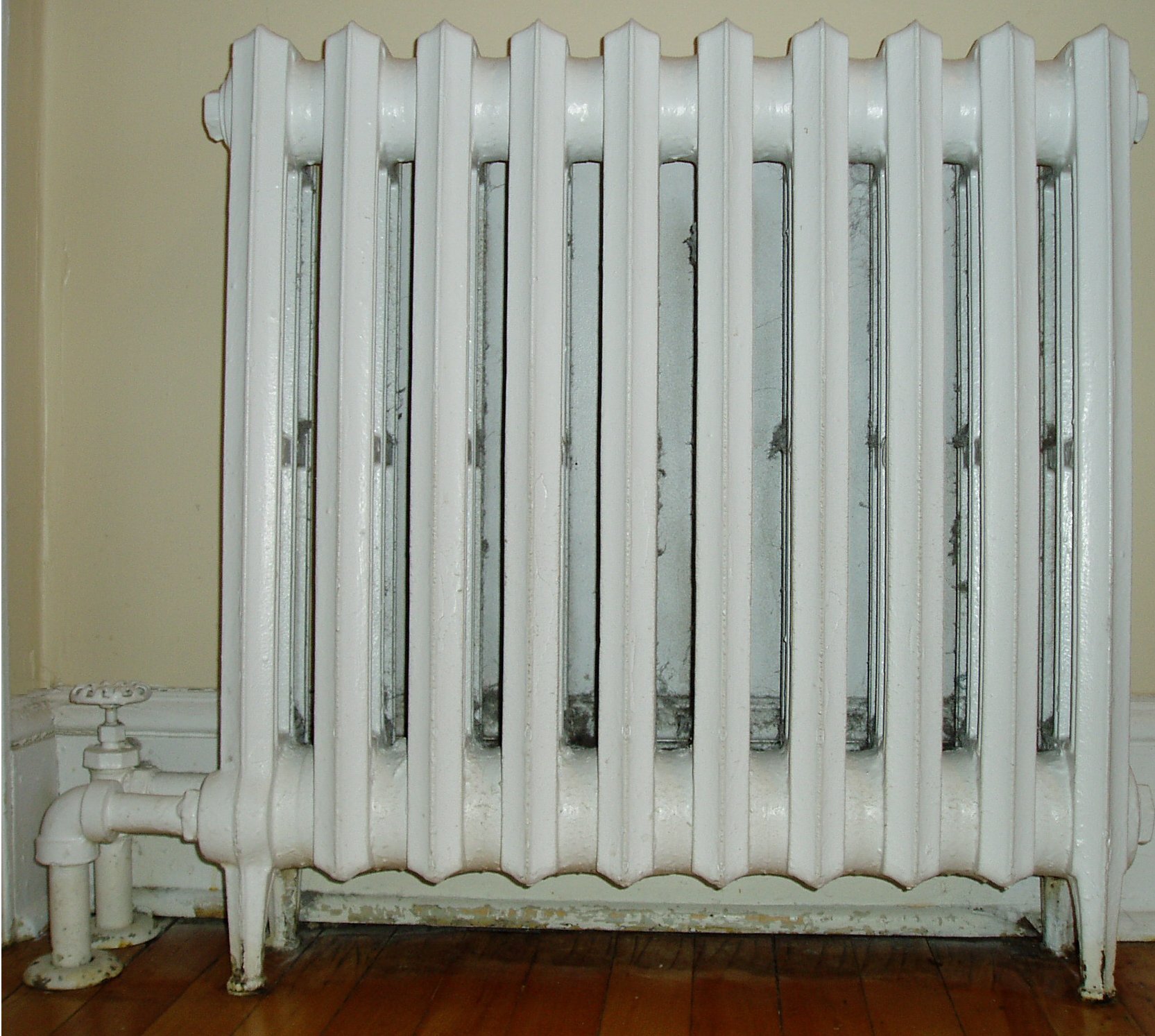Franz San Galli on:
[Wikipedia]
[Google]
[Amazon]
Franz San Galli (russian: Франц Карлович Сан Галли, ''Franz Karlovich San Galli''; 10 March 1824 – 30 July 1908) was a prominent

Russia
Russia (, , ), or the Russian Federation, is a List of transcontinental countries, transcontinental country spanning Eastern Europe and North Asia, Northern Asia. It is the List of countries and dependencies by area, largest country in the ...
n public figure, entrepreneur and inventor. In 1882 San Galli was granted a status of a purveyor to the Russian Imperial Court and a right to apply the Imperial Coat of Arms to his products in recognition of their exceptional quality.
Due to his personal and business achievements he went through the ranks from second to first guilde merchant. In 1889 he was promoted to the rank of Actual Civil Councilor (4th in line from the top of the list of state ranks). A year earlier, in 1888, he also received a title of an honorary engineer-technologist.
Biography
San Galli was born either inStettin
Szczecin (, , german: Stettin ; sv, Stettin ; Latin language, Latin: ''Sedinum'' or ''Stetinum'') is the capital city, capital and largest city of the West Pomeranian Voivodeship in northwestern Poland. Located near the Baltic Sea and the Po ...
or Kammin (where his father Carl Sangalli, a royal tax officer worked), in Prussian Pomerania. He was mostly of Italian and German descent. He spent most of his life in St. Petersburg
Saint Petersburg ( rus, links=no, Санкт-Петербург, a=Ru-Sankt Peterburg Leningrad Petrograd Piter.ogg, r=Sankt-Peterburg, p=ˈsankt pʲɪtʲɪrˈburk), formerly known as Petrograd (1914–1924) and later Leningrad (1924–1991), i ...
(Russia
Russia (, , ), or the Russian Federation, is a List of transcontinental countries, transcontinental country spanning Eastern Europe and North Asia, Northern Asia. It is the List of countries and dependencies by area, largest country in the ...
's capital at the time), where he ran his business and developed his inventions.
He entered into professional activities as a trained at a wholesale company that traded in Russian goods. At age of 19 he departed from Stettin for St. Petersburg. Later he proudly remembered in his memoirs that embarking on a journey he was provided only with 100 thalers and a mother's blessing.
San Galli started his own business in 1853 in St. Petersburg as a small mechanical workshop at 46 Ligovsky Kanal with 12 employees and a commercial outlet at 60 Nevsky Prospect. Quite soon he was joined by his brother Robert who permanently resided in Russia and helped him running ever growing business.
As a businessman he did pay special attention to gaining reputation as well as increasing his competitiveness. His personal motto in German read "Ohne Hast, ohne Rast" ("Without haste, without rest").
San Galli constantly took part in exhibitions and industrial fair contests. Even at early stage of his career he did have a diverse productive capacity and trade to pursue new business opportunities. In 1861 at one of his first exhibitions he displayed his products in 22 categories.
A major breakthrough in business came a few years later when San Galli received a contract for renovation of heating system in the Imperial greenhouses in Tsarskoye Selo
Tsarskoye Selo ( rus, Ца́рское Село́, p=ˈtsarskəɪ sʲɪˈlo, a=Ru_Tsarskoye_Selo.ogg, "Tsar's Village") was the town containing a former residence of the Russian imperial family and visiting nobility, located south from the cen ...
.
He is credited as one of the inventors of the radiator
Radiators are heat exchangers used to transfer thermal energy from one medium to another for the purpose of cooling and heating. The majority of radiators are constructed to function in cars, buildings, and electronics.
A radiator is always a ...
, which significantly contributed to modern central heating
A central heating system provides warmth to a number of spaces within a building from one main source of heat. It is a component of heating, ventilation, and air conditioning (short: HVAC) systems, which can both cool and warm interior spaces.
...
systems. He gave it the name "hot-box".
San Galli's claim as ''the'' inventor of the heating radiator is disputed. It appears that he is one of several people who contributed to the development of the heating innovation. San Galli received a radiator patent in 1857, while American Joseph Nason developed a primitive radiator in 1841 and received a number of U.S. patents for hot water and steam heating. Nason's patent for tapered pipe threads in particular is cited by 1930s writer Ara Marcus Daniels as the key development in the birth of the radiator.
San Galli died in St. Petersburg.
References

External links
* {{DEFAULTSORT:San Galli, Franz 1824 births 1908 deaths Russian inventors